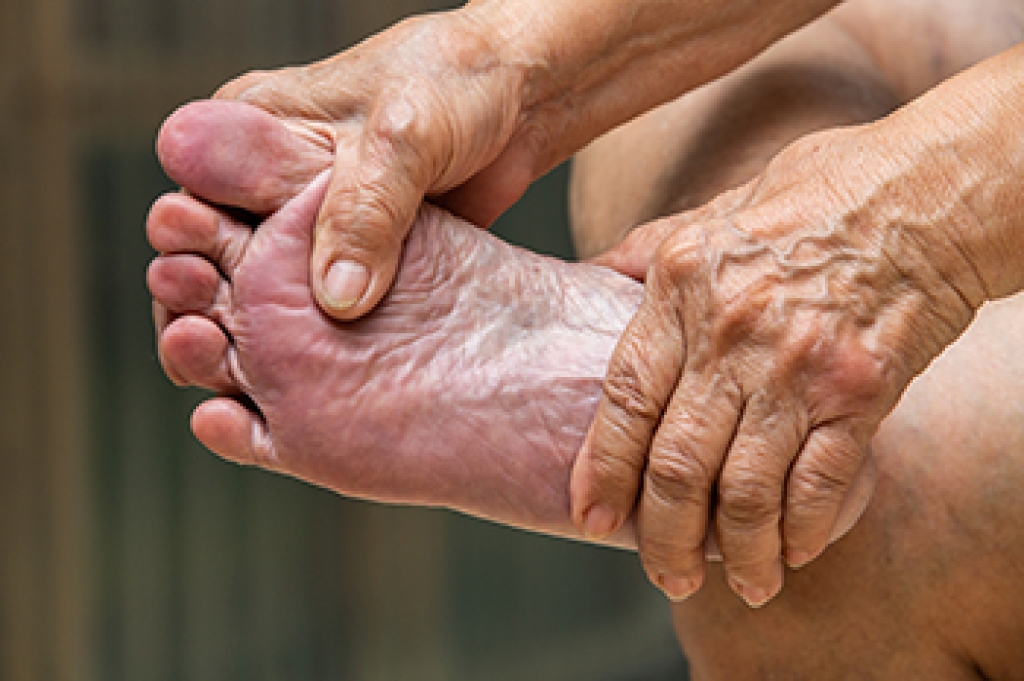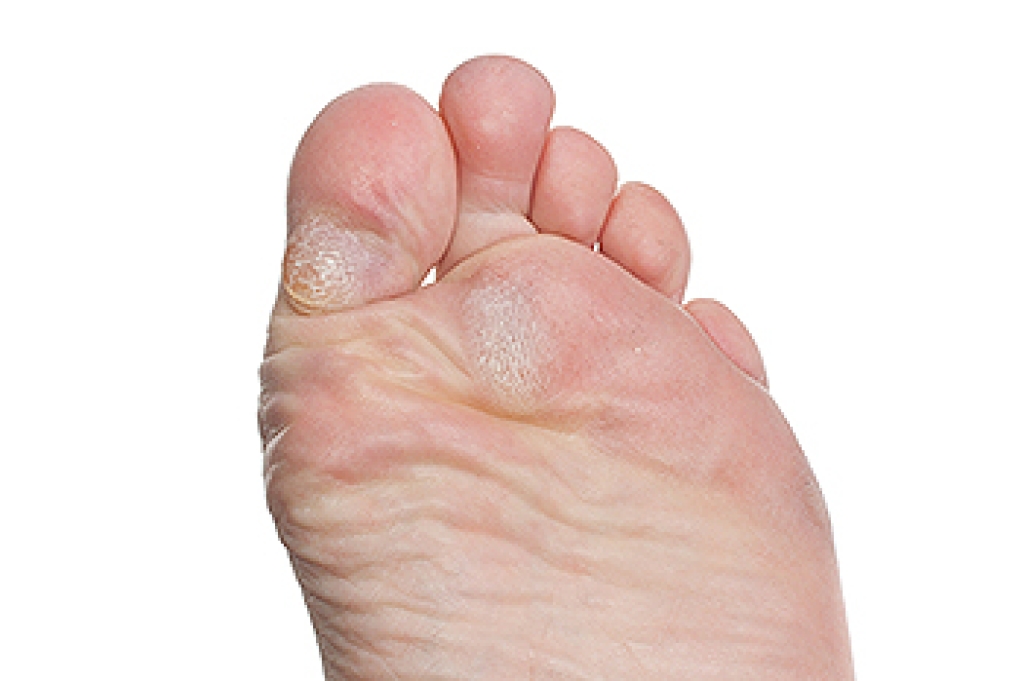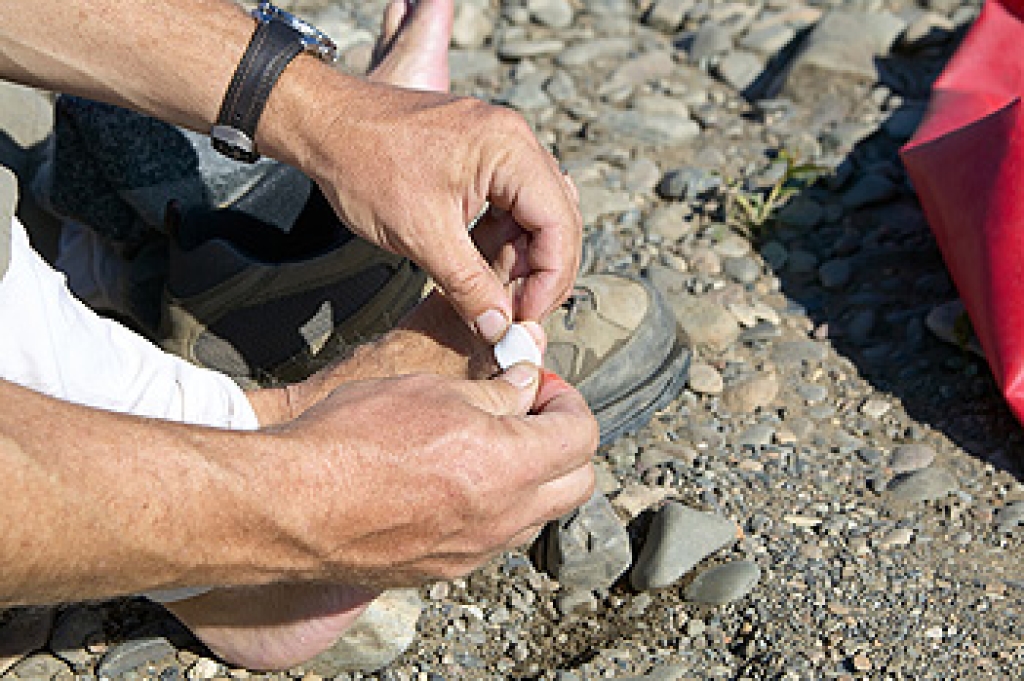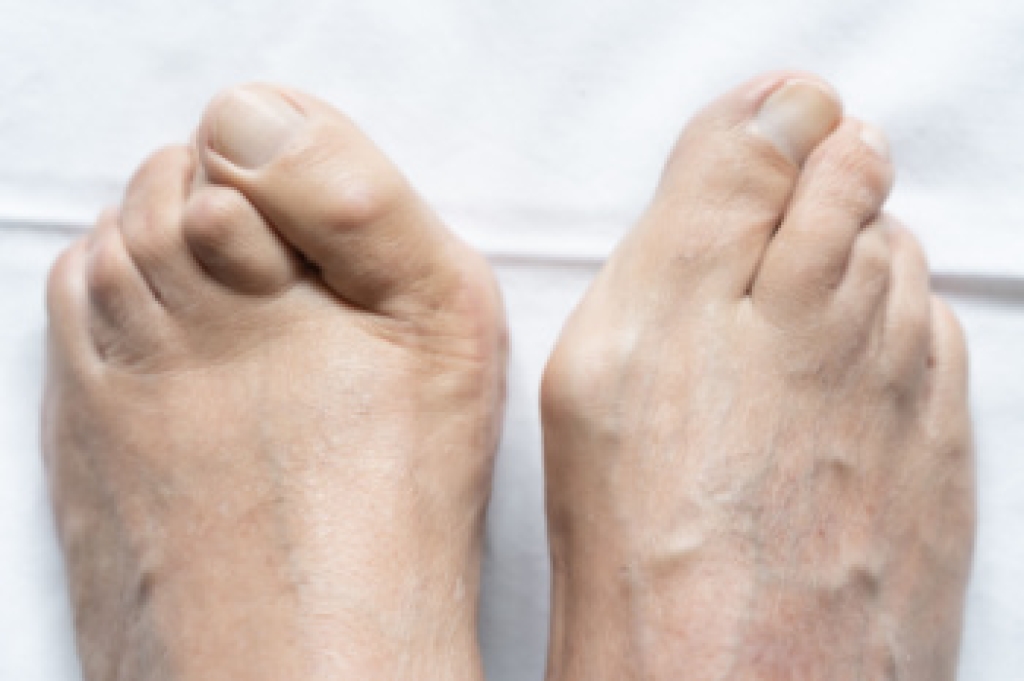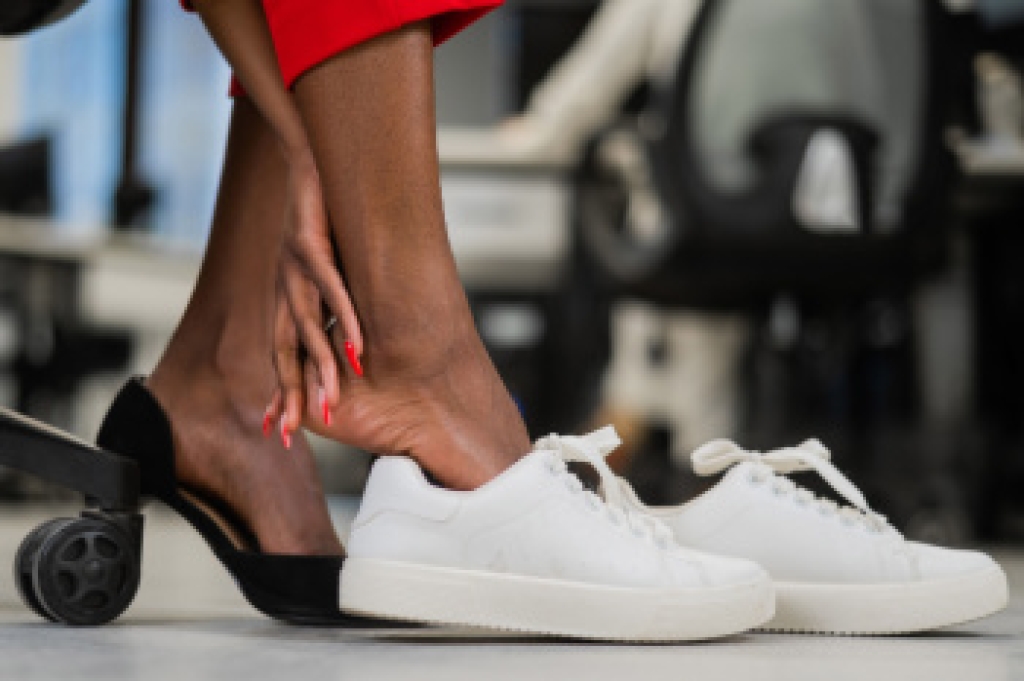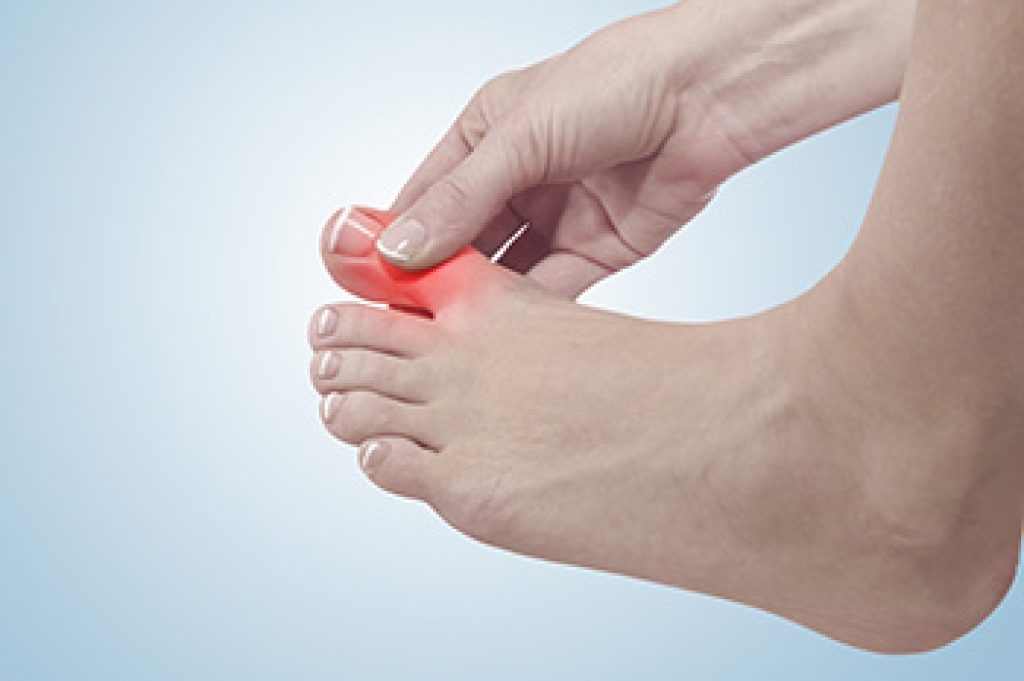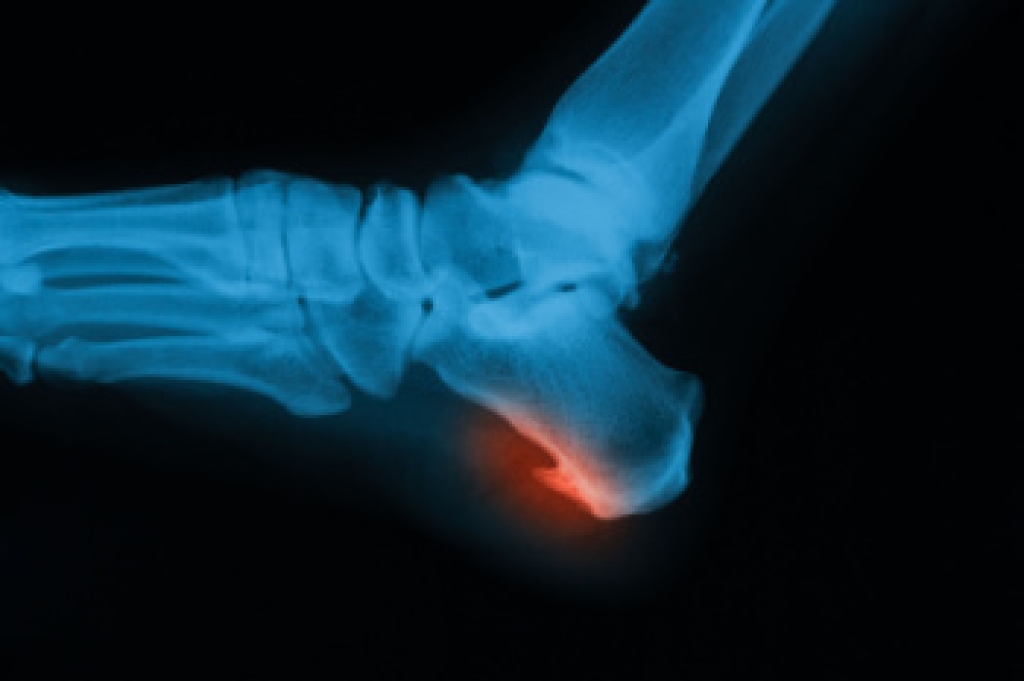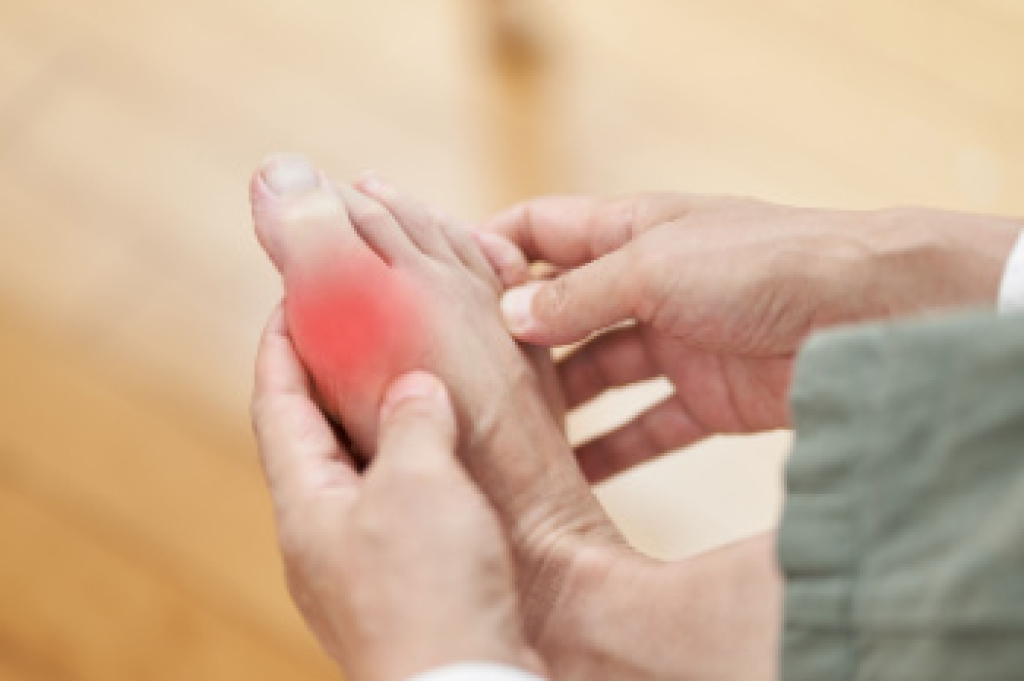
Gout is a painful form of arthritis that is more common in men than in women, and several factors contribute to this difference. Men tend to have higher levels of uric acid in their blood, which can form crystals in the joints, leading to inflammation and pain. The joints in the big toe are often affected, possibly causing debilitating pain. Additionally, men are more likely to engage in behaviors that increase the risk of gout, such as consuming large amounts of red meat, alcohol, and sugary beverages. These factors can trigger elevated uric acid levels, especially in the presence of other risk factors like obesity or a family history of the condition. Hormonal differences also play a role, as women’s higher levels of estrogen help to excrete uric acid more efficiently, reducing their risk. If you have pain in your big toe, it is suggested that you visit a podiatrist who can accurately diagnose the cause and offer effective relief options.
Gout is a painful condition that can be treated. If you are seeking treatment, contact our podiatrists from Superior Foot & Ankle Center. Our doctors will treat your foot and ankle needs.
What Is Gout?
Gout is a form of arthritis that is characterized by sudden, severe attacks of pain, redness, and tenderness in the joints. The condition usually affects the joint at the base of the big toe. A gout attack can occur at any random time, such as the middle of the night while you are asleep.
Symptoms
- Intense Joint Pain - Usually around the large joint of your big toe, and it most severe within the first four to twelve hours
- Lingering Discomfort - Joint discomfort may last from a few days to a few weeks
- Inflammation and Redness -Affected joints may become swollen, tender, warm and red
- Limited Range of Motion - May experience a decrease in joint mobility
Risk Factors
- Genetics - If family members have gout, you’re more likely to have it
- Medications - Diuretic medications can raise uric acid levels
- Gender/Age - Gout is more common in men until the age of 60. It is believed that estrogen protects women until that point
- Diet - Eating red meat and shellfish increases your risk
- Alcohol - Having more than two alcoholic drinks per day increases your risk
- Obesity - Obese people are at a higher risk for gout
Prior to visiting your podiatrist to receive treatment for gout, there are a few things you should do beforehand. If you have gout you should write down your symptoms--including when they started and how often you experience them, important medical information you may have, and any questions you may have. Writing down these three things will help your podiatrist in assessing your specific situation so that he or she may provide the best route of treatment for you.
If you have any questions, please feel free to contact our office located in Long Beach, CA . We offer the newest diagnostic and treatment technologies for all your foot care needs.
